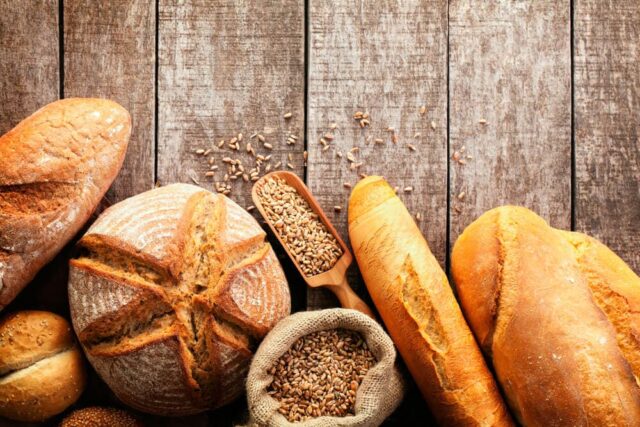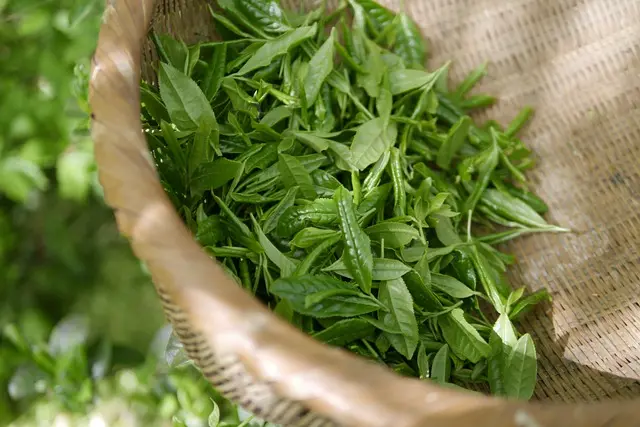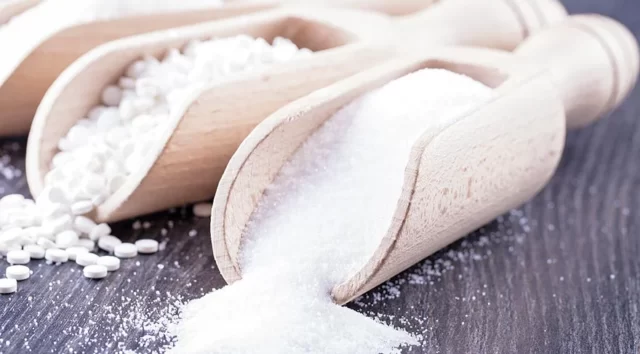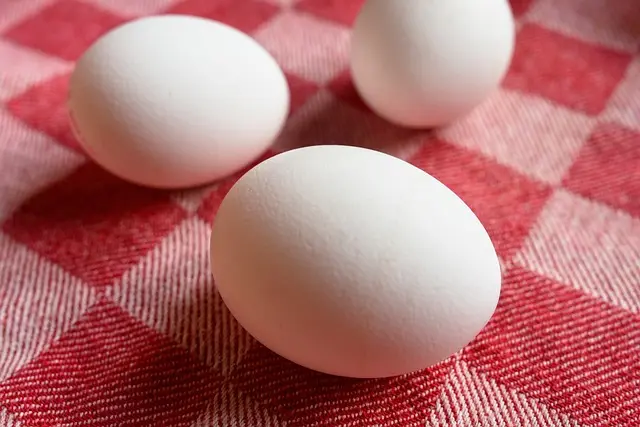
Bread is a food item that is loved and consumed by most people. Wouldn’t it be nice to have a hot bread fresh out of the oven? Have you ever encountered an event such as creeping or fibering when you divide the breads you bought? In this article, I will tell you about this creep event, namely the rope disease in bread.
What is rope disease in bread?
Creep in bread is called rope disease in bread. It is also known as fiber disease. Disease-causing microorganisms; Bacillus subtilis and Bacillus licheniformis bacteria.
Bacillus bacteria can be found in water and soil. They are rod-shaped bacteria. Optimum reproduction is 30-55 °C. In addition, these bacteria are resistant to salt. Reproduction occurs with spores. If there are spores of these bacteria in the bread, they begin to multiply when the inside of the bread cools to the breeding temperature of the bacteria. They use the nutrients in bread while multiplying. As a result, fragrance substances (ripe or past melon smell) are formed and the inside of the bread becomes sticky. A fibrous appearance is formed. As a color, a yellow-brown color is formed.
How do these bacteria get on bread?
This bacteria occurs in poor quality, poorly stored, moist flours. The flour used passes into the bread. Apart from flour, water, yeast, tools and equipment can also pass into bread. Fibrous bread is not suitable for consumption. Bacillus bacteria can cause cramps, nausea and vomiting in humans. Producers should pay attention to raw material purchases and storage conditions of raw materials, cleanliness, and baking criteria of bread.







Thank you, nice article.
Thanks!